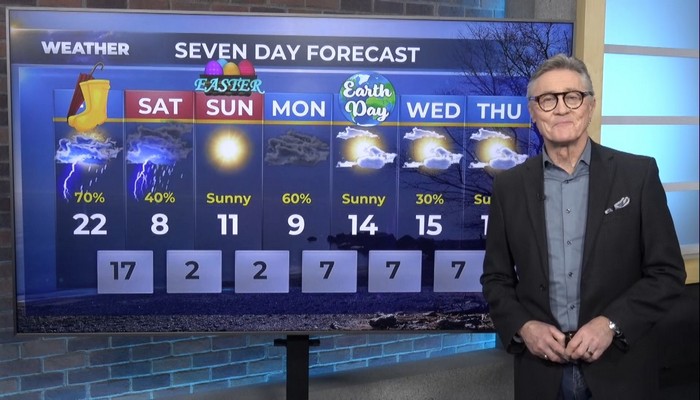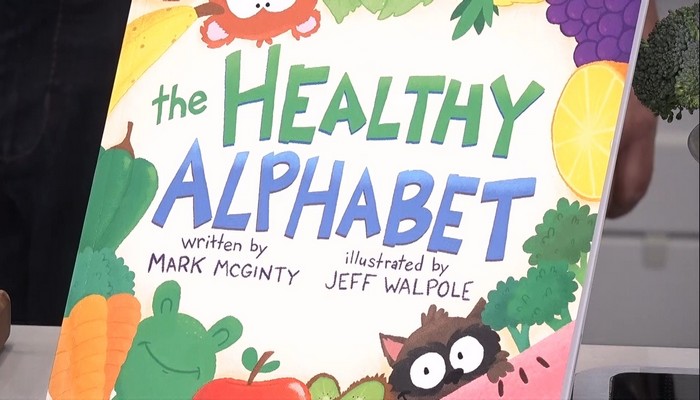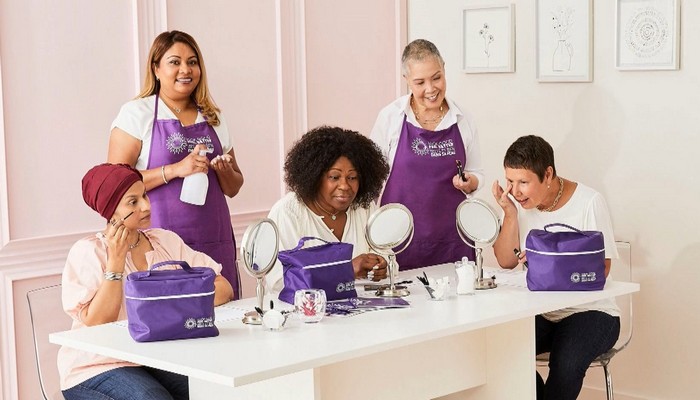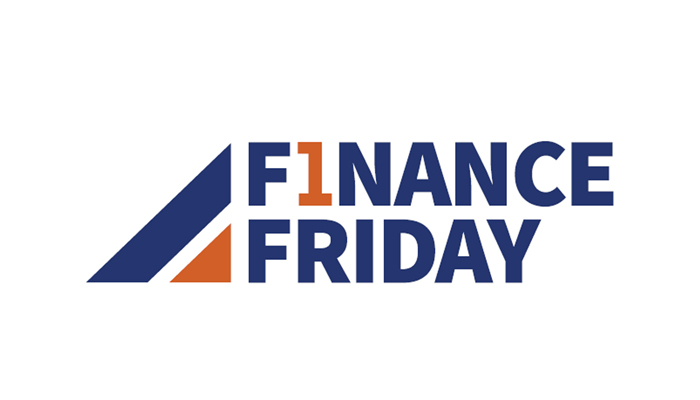
Risk of getting shingles increases with age
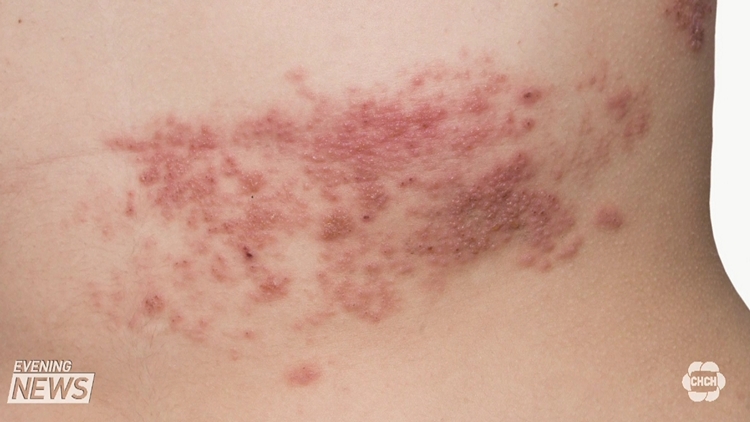
[projekktor id=’21067′]
As baby boomers age, we can expect an increase in the number of shingles cases we see each year. Some are getting the shingles vaccine to reduce their risk.
Shingles, formally known as herpes zoster, is a reactivation of the virus that causes chicken pox. It’s different in that it appears on just one area of the body. Symptoms include burning pain, a rash and fluid filled blisters. Older adults are most at risk.
“As people age, their immune system wanes a little bit. It becomes a little bit weaker. And that increases the risk of shingles. So shingles increases in risk mainly after the age of 60.” Infectious disease specialist, Dr. Mark Loeb, says the risk of developing shingles goes up significantly between age 60 and 70. As you get older, the risk of associated complications also increases. They’re rare, but include nerve damage and ongoing pain, vision or hearing loss, neurological problems and skin infections.
That nerve pain, known as post-herpetic neuralgia, is the most common complication. “It’s very very difficult to treat and it could last for weeks, months, or years. And it’s said to have driven some people to suicide because the pain is so extensive”
That’s why the shingles vaccine is slowly increasing in popularity. Unfortunately, it’s not covered by OHIP and it costs about $200. But for many, the protection is worth the price.
At peak, it’s over 60% effective, but that decreases with age. It’s approved for people over 50 and recommended by Health Canada for anyone over 60.
